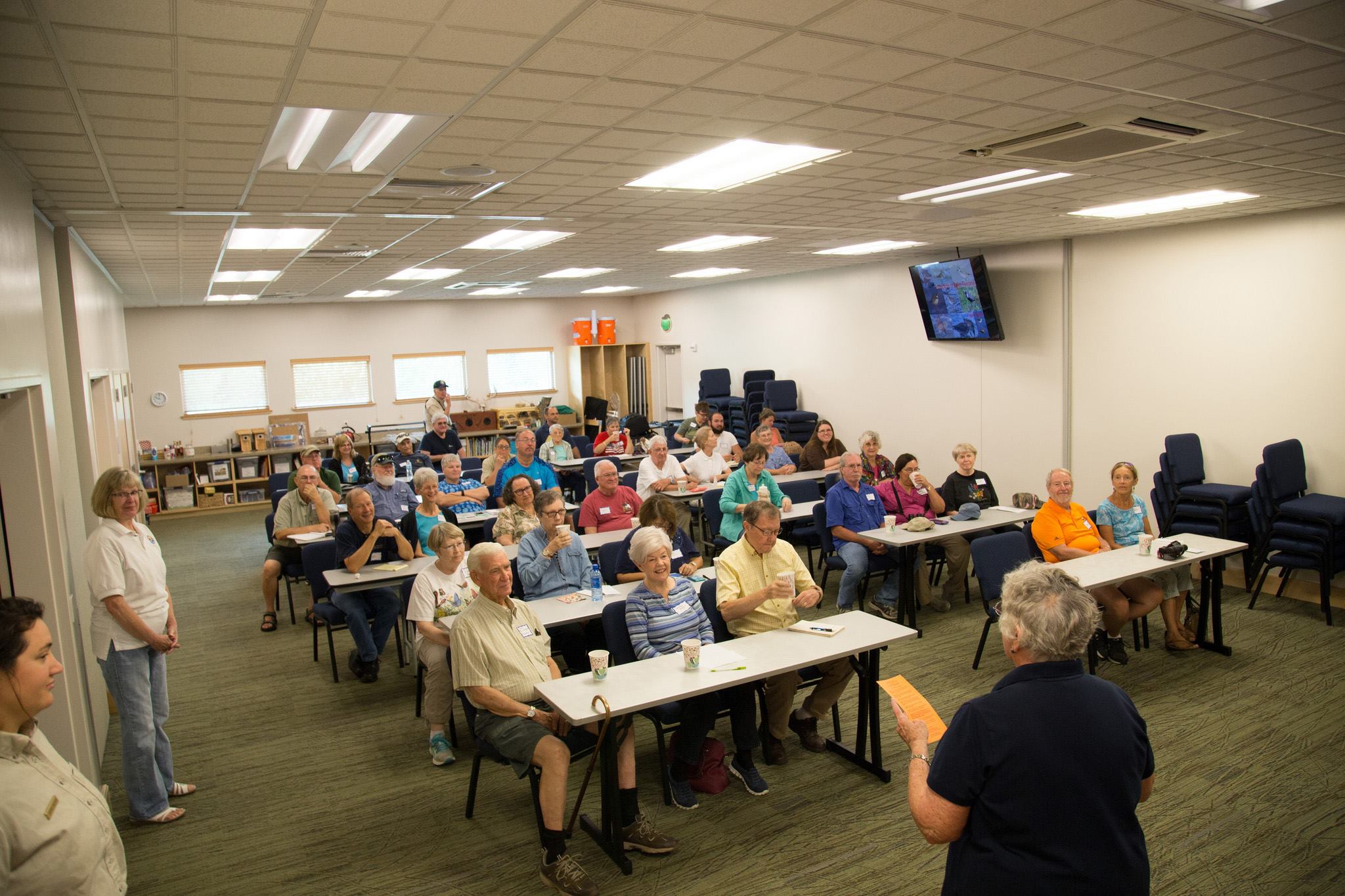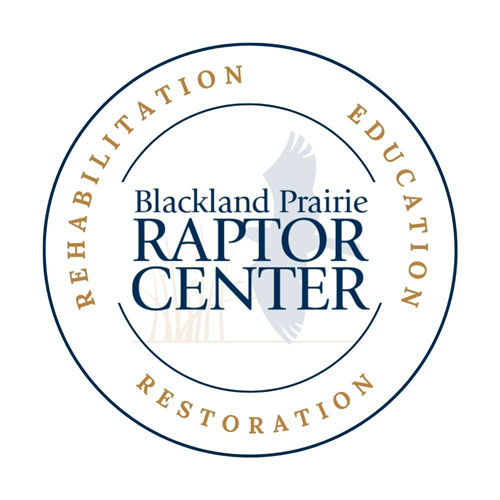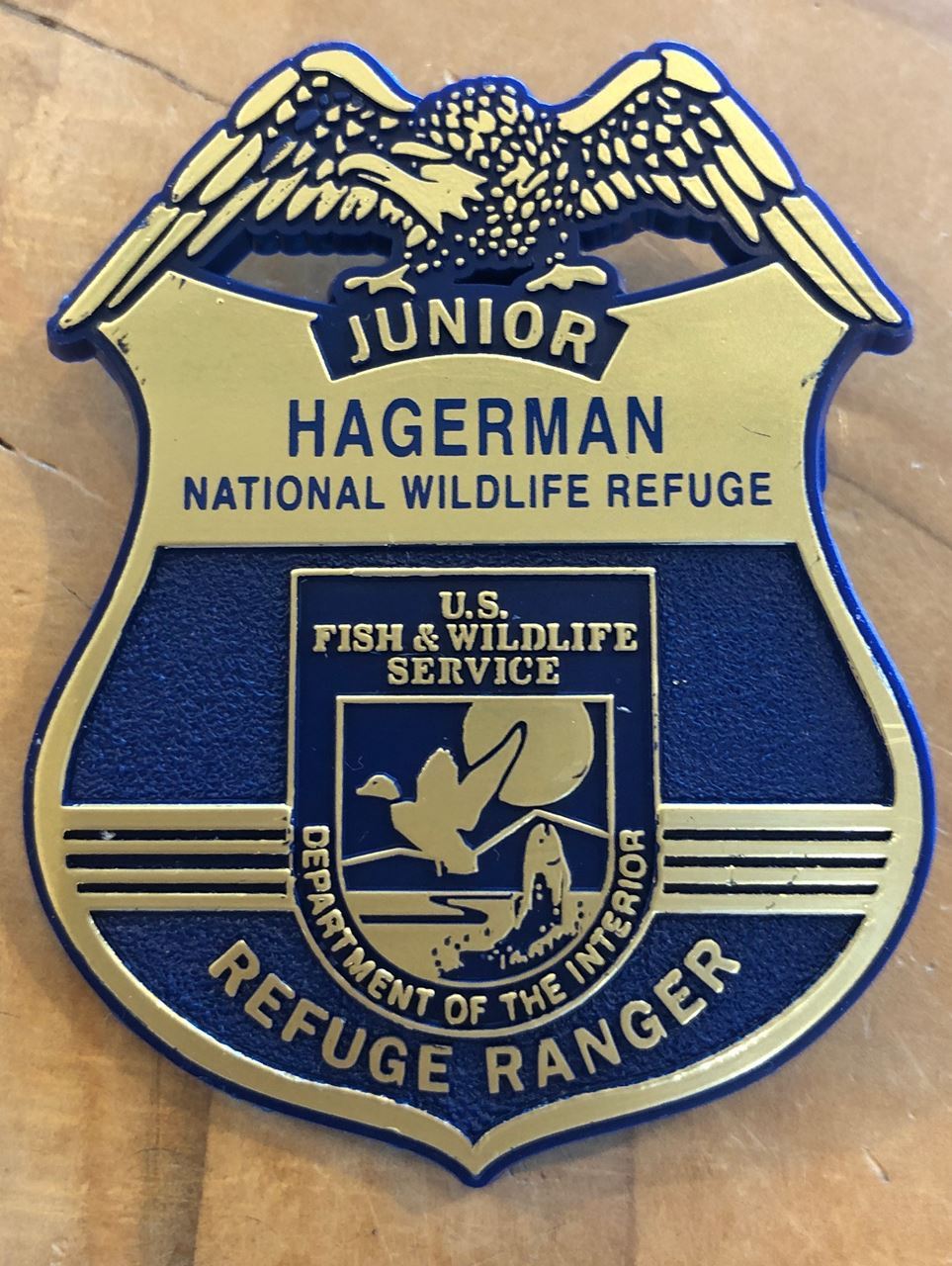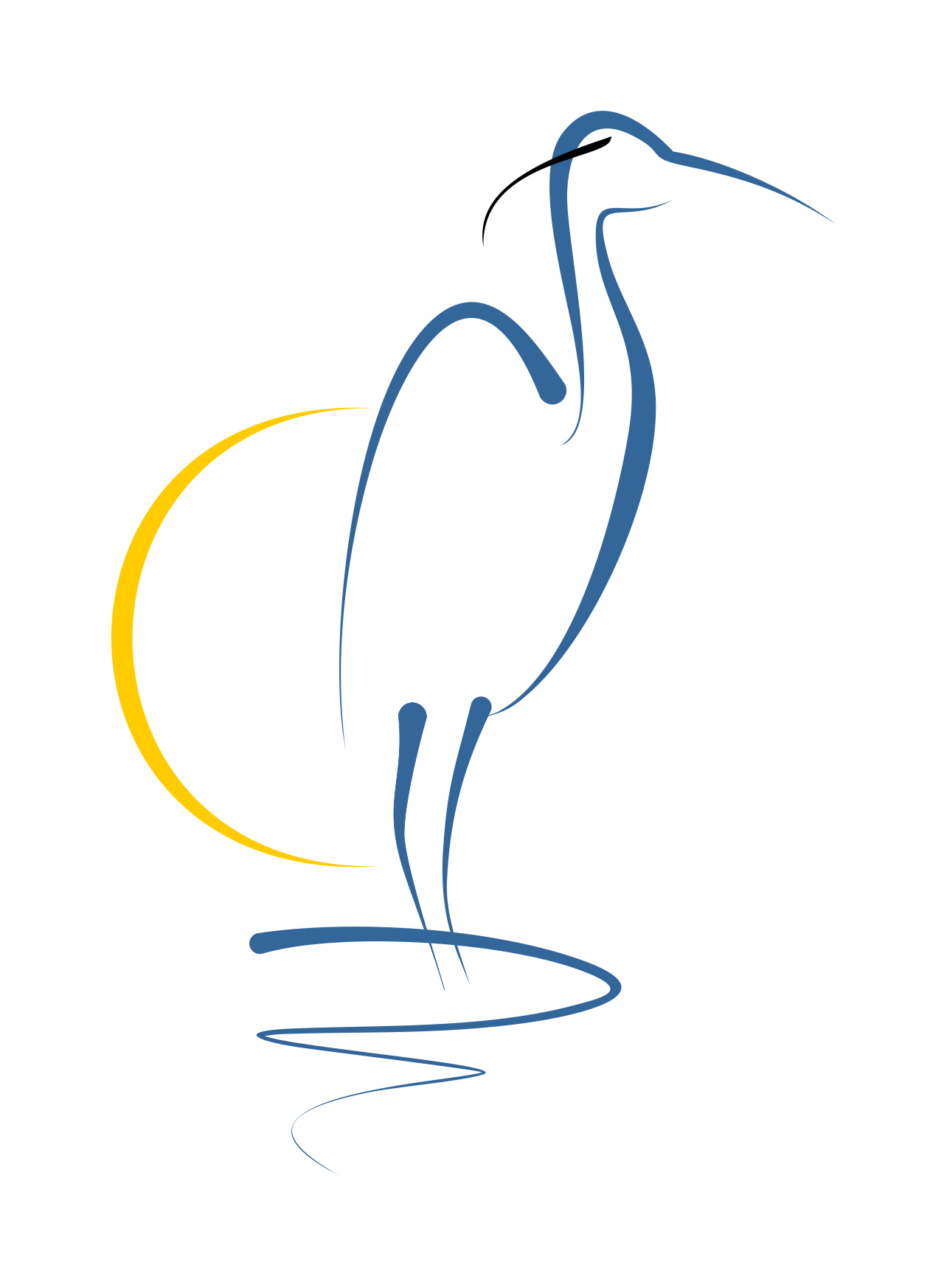The Honeybee
By Gene and Nancy Cushion, Blackland Prairie Master Naturalist

There are approximately 4,000 species of bees in North America, of which more than 800 have been identified in Texas. There are 38 common species of bees in found in Texas, however the Honeybee we know today is not native to the American continents. They came from Europe with early settlers to the new world from countries such as Spain, Italy, Britain, Russia and the Baltic states.
The honeybee is eusocial, creating colonies with a single fertile female "queen", many non-reproductive females "workers", and a small proportion of fertile males "drones". Individual colonies can house tens of thousands of bees. Colony activities are organized by complex communications between individuals, through both pheromones and vibrations.
The honeybee was one of the first domesticated insects, and it is the primary species maintained by beekeepers to this day for both its honey production and pollination services. With human assistance, the honeybee now occupies every continent except Antarctica. Honeybees are threatened by diseases, especially the Varroa mite and diseases the mite introduces to the colony. Honeybees have perennial colonies which persist year after year. Because of this the colonies can be considered super-organisms. Honeybee colonies reproduce through a process called "swarming". The honeybees swarm in the spring and early summer, when there is an abundance of blooming flowers from which to collect nectar and pollen. In response to these favorable conditions, the hive creates several new queen cells. Just before these new queens hatch, the old queen and approximately two- thirds of the adult workers leave the colony in a swarm to find a new home nearby. When the daughter queens eventually emerge, they fight each other until only one survivor remains; the victor then becomes the new queen of the parent colony. This new young queen goes on one or more mating flights to mate with 10-20 drones. Once she has finished mating, she returns to the hive and begins her role as the new queen laying eggs. Astonishingly, during peak season she can lay up to 1,500-2,000 eggs a day. The queens’ productive life span is about 1-2 years. Worker bees secrete the wax used to build the comb, clean, maintain and guard the hive, raise the young and forage for nectar and pollen. The nature of the worker's role varies with age: for the first 10 days of their lives, worker bees clean the hive and feed the larvae. After this, they begin building comb cells. On days | Sponsor the Friends With Membership Tram Tours on the Wildlife Explorer! Bird Walks are Cancelled Until Cooler Temps Gardening, Mowing and Work Crew Visitor Center Volunteers Needed! Subscribe to the Featherless Flyer |
16 through 20, workers receive nectar and pollen from older foragers and store in comb as honey. After the 20th day, a worker leaves the hive and spends the remainder of his life as a forager, collecting nectar and pollen.
As the honeybee collects these essential resources for the hive, it communicates the location and distance of these sources to the other foragers in the hive through dancing. Honeybees direct other bees to food sources with the round dance and the waggle dance. |  Photo by Barbara Blaine Thomas |
The lifespan of workers varies considerably over the year. Workers born in spring and summer work hard and live only 6-7 weeks because foraging wears out the flight muscles and wing structure. Those born in autumn remain inside for several months as the colony clusters during winter. Photo by Brenda Kay Edwards Drones are the colony's male bees. Drone honeybees do not forage for nectar or pollen and they do not have stingers. The primary purpose of a drone is to fertilize a virgin queen. Many drones mate with a given queen in flight in an airborne location known as a Drone Congregation Area. In temperate regions, drones are generally expelled from the hive in the fall, dying of cold and starvation since they cannot forage, produce honey or care for themselves. With winter coming on, the workers expel the drones since they do not contribute anything beyond fertilizing new queens in the spring and summer. |
Fun Facts from realtexashoney.com:
1. Most honey labeled as “local” is often misrepresented. It is often blended with honey from outside of Texas or might not even be produced in Texas at all.
2. Most honey sold in stores has been heated and filtered to prevent natural crystallization. This removes the beneficial properties of raw honey.
3. Honey is the third most adulterated food in the world.
4. Local honey is 100% produced in the same geographic region.
5. Raw honey is straight from the hive and contains numerous beneficial ingredients such as natural enzymes, antioxidants and local pollens.
6. Unfiltered honey has not been processed and contains pollen grains from the areas from which it is produced.
7. Honey will naturally crystalize over time into crystals and is it still good. Mild warming of crystalized honey below 120° F will not harm its beneficial ingredients and will return to its liquid state.
8. Honeybees will produce honey from wildflowers like we have here at Hagerman. To produce one pound of honey, bees have to visit 2 million flowers.
9. Bees flap their wings 11,000 times per minute. That is why you hear a buzzing sound.
10. Beekeepers have a much harder time of raising bees now than decades ago because of the overuse of crop pesticides, the importation of pests and diseases and the shift to monoculture crop farming.
11. 75% of the honey sold in the U.S is imported. Texas beekeepers produce less than 20% of the honey consumed in Texas.
Support your local beekeeper. Buy local honey!!!
Rewilding: What May Grow Without the Mow?
By Karen Glenn, Blackland Prairie Master Naturalist
Photos by Jennifer Vince-Recksiek
Large properties, such as Hagerman National Wildlife Refuge, can do big things to build habitat and provide support for birds, wildlife, and pollinators in our area. A larger property has many options. Entire sections of habitat may be managed, thanks to a dedicated work force and heavy equipment like tractors and excavators, which support larger projects. They provide major support for our local wildlife. Smaller property owners may not have access to all these options, but they can still make a substantial impact on the local flora and fauna by providing native vegetation that local food webs count on. Think of smaller properties as steppingstones between larger sections of native habitat. Species often need a place to rest or forage when moving from one area to another, but as humans we tend to create sterile environments around our homes. If an insect shows up, or we see a leaf chewed on, it is normal to reach for the pesticides. We want to eradicate anything/everything that threatens the perfect order we work hard to maintain around our abode. If a weed pops up in the lawn, it must go. We tend to want a perfect monoculture, uniform and trimmed, to show others we care about our property.
Unfortunately, very few things can survive in a monoculture, but this is the way we style our modern lawns. Somehow, we have lost sight of the fact that extensive lawn care is a relatively new thing for this land. The first lawns were manicured golf courses and huge estates, where there was labor available to do the work necessary to beat back unwanted plants. Thomas Jefferson is credited as one of the first to replicate a manicured lawn at his Monticello Estate at the beginning of the 19th century. Most individual landowners used their yards to grow vegetable gardens or feed livestock at the time. It is easy to forget lawn mowing was not widespread until recently, when lawn equipment became affordable and designed for smaller properties.
Individual lawn mowing became widespread only in the past 60-75 years. The first rotary powered lawn mowers became available in the late 1940’s, and since then we have cleared off most of the plants that nature depends on and replaced them with nonnative grasses, forbs, and trees. The seeds of invasive plants have entered our natural areas, causing even more loss of the forage plants our local ecosystem depends on. If each of us adds a few of the important native plants here and there, we can provide a scaffolding system of support to help species get from one fragmented habitat to another. This can make an enormous difference in the success of native flora and fauna. Think of your property as a steppingstone in between available habitat. Your addition may be the difference in survival of numerous species, by providing food and shelter in areas where native plants have been all but eliminated. We can all support native pollinators and songbirds in small ways that add up to big impacts on our local species. Doug Tallamy, one of my favorite authors, refers to this concept as “Homegrown National Park.” I highly recommend his books if you are interested in joining this project.
If you are interested in rewilding a smaller property, there are two basic paths you can choose. The first path is more direct, expensive, and labor intensive. It works best for smaller properties, like traditional lawns and requires removing nonnative plants entirely and replacing them with native species where possible. It may or may not be successful, depending on the soil, insect communities on property, and other ecological factors, but it is quick and efficient. Even small yards can make a big difference by establishing a pollinator garden and/or creating edges around an existing lawn. These plantings are by choice, quickly set up, and the rewards are easy to observe. Container gardening can work with limited spaces, such as a patio or the balcony of an apartment. No space is too small to have influence. What takes time to develop are all the inter-relationships between the soil, plants, and animal species. One thing for sure, if you grow it, they will eventually show up. It may take a year or two, but you will start to see how the plants are being utilized by the local fauna. That hard part is seeing eaten leaves as a sign of success, rather than harm!
Photos Photos taken on the refuge by Jennifer Vince-Recksiek
Larger spaces can become expensive and labor intensive to convert to native landscape over a season. For this reason, we picked a more natural, passive rewilding strategy. Plants have been introduced naturally on Sticker Hill, through the seed dispersal systems found in nature. Many of the reintroduced natives were planted by birds within the first couple of years. The birds, joined by wind, ants, and even small mammals, such as mice and squirrels, add new plantings to the mix over time. The animals in the habitat will quickly bring in the native plants they forage on. Most of us in this area live on small fragments of Blackland Prairie, often intermixed with hardwood forests, making up the Cross Timbers Ecoregion, which used...
Continue Reading About Rewilding Sticker Hill
Refuge Update: Though refuge lands are open from sunrise until sunset every day of the year, the Visitor Center is open Monday through Saturday 9-4, Sunday 1-5. Need a break from the heat? Try the Auto-Tour: it is a great way to experience the refuge from the comfort of your car! Preparing for the Snow Geese: The winter wheat farming is a process that started on July 15 when we began to brush hog the 200 acres of wheat fields. Next we will disk all fields twice, then use the cultivator on all fields. The final process is using two seed drills to plant the wheat seed. Would you like to help? Contact Us for information about the volunteer work crew. |
Photos by Donnie Simmons More Amazing Nature Photos taken at the refuge available on Facebook (account required). |
Upcoming Activities:
The Friends of Hagerman is Hosting 11 Family Friendly Events in August! Donate to help fund programs like these! |
|


Several mobile phone Apps will be helpful when participating in a BioBlitz, all of the apps listed here are free.
To Record Birds for the BioBlitz:
Download the eBird App and create a free account. In the eBird App you may record the birds you identify, then report them to the BioBlitz. For assistance with bird identification, download the Merlin App and install the bird pack named Texas, US. The experts with scopes will assist with bird identifications at The Little Sit.
To Record Plants and Other Wildlife for the BioBlitz:
Simply download the iNaturalist App and record your findings at the refuge on September 7th within the Hagerman NWR BioBlitz's Journal. The iNaturalist SEEK App may also prove helpful in identifying plants and wildlife.
Learn More about iNaturalist.
*Directions, registration and more information about the Little Sit Bird Count can be found here.
 Enjoy a Butterfly Garden Walk During the BioBlitz: 9:00 to 11:00 AM
Enjoy a Butterfly Garden Walk During the BioBlitz: 9:00 to 11:00 AM
Enjoy the large, 1/4 acre Butterfly Garden at Hagerman NWR with garden docents on hand to help you identify the Texas native plants and the butterflies in the garden. Special activities for families including scavenger hunts and the Metamorphosis Puppet. The garden is free of charge and open to the public from sunrise to sunset everyday of the year. Come alone or bring the family. Photo by Laurie Sheppard.
Butterfly Garden Walks Count for BPTMN as one hour of AT!
Opportunity: AT: BPTMN: Other Pre-approved Training
Duration: 1 hour
Description: Hagerman Butterfly Walk (This must be included)
A Kubota RTV and Computer From the Friends Through the support of Friends of Hagerman, Hagerman National Wildlife Refuge is the recipient of a brand new 2024 Kubota RTV. This vehicle is highly versatile and will be used at the refuge for Bluebird monitoring, trash pick-up, trail maintenance, biological program monitoring, and many other needs. A computer was also provided to support the needs of the refuge. |
Second Saturday: Birding in Arizona with Mike Petrick Saturday, August 10, 2024 at 10:00 AM in the Visitor Center In late April of 2023 Jack Chiles, Nancy Riggs, Terry Good and I (AKA the old buzzards) took an extended trip to Southeastern Arizona. We birded the Mountains, Canyons and Grasslands from Portal all the way around to Tucson. This program is about the unique places and birds that we encountered on the trip. A bit about Mike: I developed a love of the outdoors early in life. I was born and raised in Burnet and grew up in the outdoors hunting, fishing and camping. These along with photography continued to be my hobbies for the rest of my life. I taught in San Angelo for 18 years and in Lewisville for 20 years. The last 8 years of my career I taught outdoor education, which included hunting and boating safety, fishing, camping, Dutch oven cooking, orienteering etc. at Huffines Middle School in Lewisville. After retiring, I needed something to do and I had heard of the Master Naturalist program. I became a Texas Master Naturalist in the class of 2011. Once I became a Master Naturalist I began going on bird walks and field trips and have become an avid birder and bird photographer. I have been able to combine my love of the outdoors, birds, photography and teaching in my volunteering. As an old teacher I love to talk and work with young people. The first thing that I volunteered for was trail guiding at the Heard Museum. I have since become a trail guide at the Lewisville Lake Environmental Area leading school groups on hikes including leading night hikes. I also volunteer at the Hagerman National Wildlife Refuge as a tram tour guide and help with the weekly bird census there. Since 2011 I have been able to serve almost 1500 volunteer hours. Future Second Saturday Programs |
|
Left: Soapberry Hairstreak with Frogfruit by Laurie Sheppard, Right: Photo by Kathy Whaley Frogfruit (Phyla nodiflora) is a great ground cover and pollinator magnet. This semi-evergreen native plant grows to be only .25 to .5 foot tall and can be trimmed or even mowed between growing seasons. While it can be aggressive in flower beds, it grows quickly and will cover up a bare spot in no time. Frogfruit spreads by runners and is easy to pull up or transplant due to its short root system. It does an excellent job of crowding out weeds as well. Frogfruit is often used as a lawn alternative. It grows well in part sun to full sun conditions, although it may put out fewer blooms in shady areas. It can survive in very, dry hot conditions. The blooming season for frogfruit is March through November, and its pretty purple and white flowers attract pollinators of all kinds, especially bees and butterflies. While it is most often used as ground cover, frogfruit is pretty as a trailing plant in pots as well. In addition to providing nectar, frogfruit also serves as a host plant for the phaon crescent and common buckeye butterflies. The Friends of Hagerman Online Auction
|
Left to Right: Mike Petrick, Nancy Riggs, Jack Chiles and Terry Goode Each Tuesday a team of experienced birders, including Master Naturalist Jack Chiles, traverse 35 miles of refuge roads and hiking trails, documenting every bird they encounter. This Bird Census is reported to The Cornell Lab of Ornithology for use in research, and each week we will bring you a link to their actual bird count, and a summary of their adventures. |
|
July 30, 2024 Complete Bird Census 55 Species Observed,649 individuals |
|
|
Things are heating up and it looks like we are looking at a string of near 100 or above days. The lake level is starting to recede and will probably start a daily decline due to the hot weather. Things were slow today with only 3 species of shorebirds, a Killdeer, a Greater Yellowlegs and a Spotted Sandpiper. On the crossover approaching Egret we saw an early returning Yellow Warbler. There were three Wild Turkeys in the road on the way to Meadow Pond. Large numbers of American Lotus are still blooming in Meadow Pond. We saw a Swainson's Hawk on the far west side of the refuge. We saw a total of 3 Tri-colored Herons and 1 Yellow-crowned Night Heron. Purple Martins are still staging and we had a count of 95 today. We finished the day with 55 species. Today's photo 3 Barn Owls in a nest box. We cannot release the location for their protection. |
See the rest of Jack's notes and the latest Bird Census Results
The Friends of Hagerman NWR Photo Club Field Trip: Blackland Prairie Raptor Center September 07, 2024, 6:30 AM - 9:00 AM Join the Friends of Hagerman NWR Nature Photography Club for a field trip. Join us for a special photography event at the Blackland Prairie Raptor Center (BPRC) in Lucas, Texas. This event is limited to FOHNWR Nature Photography Club members only.
(Please note that by clicking to register you will be taken to the BPRC's registration application.) Registration - Fee is $25 per person for photo club members. - Registration is required to attend this event. Each person attending must register separately. - Registration closes on 9/6/2024. Blackland Prairie Raptor Center (BPRC) is hosting a special event for our photo club. BPRC’s raptor ambassadors will be on display for you to photograph. The raptors will be tethered and perched on a natural setting or platform. This will allow for more natural photos, as typically the educational raptors are tethered and perched on a person’s gloved hand. You may be able to get as close at 6’ from the raptors. All fees for this event go directly to BPRC to continue their conservation and rehabilitation of birds of prey. BPRC took in over 700 birds of prey in 2023! BPRC website is https://bpraptorcenter.org. 6:30 AM Gates open. Gates to Brockdale Park will open at 6:30 AM to allow you time to park and setup your equipment. Sunrise is forecasted to be at 7:05 AM. Brockdale Park is on the edge of Lavon Lake and provides a beautiful background for photos. You are welcome to walk around the park and take photos until the event concludes. 7:00 – 8:00 AM Raptors on display. Raptors will be on display starting at 7:00 AM for maximum one hour at various locations throughout Brockdale Park. There may be a Black Vulture, hawk, owl, American Kestrel, and/or Mississippi Kite. It is hard to predict what raptors will be available, as BPRC never forces a bird to do an event. Depends what mood the bird is in that morning! 9:00 AM Gates close. Be sure you are finished by 9:00 AM, as the park gates will be locked. Cancellation - No refunds for cancellations by the registrant or by the venue. - If the event is canceled by BPRC because of weather, the event will be rescheduled. No refunds for registrants that cannot make the new date. - If you register and then can no longer attend the event, please contact the event leader below. FYI - You can use tripods or monopods. Do not use any type of flash for the birds. - The park has a large parking lot, BPRC gift shop, restrooms, and drinking fountain. - The park is wheelchair accessible. There is a cement sidewalk that goes all around the park. - Dogs are not allowed at this event. Photo Club Membership - If you are interested in becoming a member, click https://friendsofhagerman.com/Membership. For questions about this field trip, contact: Lisa Wilkins, Event Leader Mobile 972-658-8544 Email FOHphotoclub@gmail.com _____________________________________________ For questions about the photo club, contact: Lisa Wilkins, Photo Club Leader Email FOHphotoclub@gmail.com Future Photo Club Events: |
Friends of Hagerman NWR Annual Nature Photo Contest
The 15th Annual Friends of Hagerman National Wildlife Refuge (HNWR) Nature Photography Contest sponsored by the Friends of Hagerman NWR is open to photographers of all ages and skill levels. Youths aged under 18 are encouraged to enter and compete in the Beginner category. Ribbons and cash prizes are awarded in multiple divisions and categories, with a unique Best in Show for Youth.
Judges are asked to consider composition, originality, and visual impact. Winning photographs will be announced in November 2024.
Overview
- Registrations are accepted from September 1, 2024 through midnight on September 30, 2024.
- Youth is a participant that will not reach 18 years of age before October 1, 2024.
- Photographs must have been taken within the boundaries of the Hagerman National Wildlife Refuge within the past five calendar years.
- Photographs may be taken with any electronic equipment – such as camera, smartphone, tablet, or laptop.
- There are two divisions: Beginner and Intermediate/Advanced. All youth participants will be judged in the Beginner category.
- There are seven categories: Artistic, Birds, Flora, Macro, Monochrome, Landscape, and Wildlife.
- We'd love to see more photographs entered in the Artistic category. Use your creativity to make some unique photos. Try your skill at a Monochrome (e.g., black and white) photo.
- The following awards will be presented:
-
- First Place, Second Place, and Third Place in each category in each division. Winning participants will receive a ribbon.
- Best in Show. Winning participant will receive $50 and a ribbon. Best in Show is selected from the first-place winners in each division/category.
- Best in Show Youth. Winning participant will receive $25 and a ribbon. Best in Show Youth is selected from all youth participants’ photographs.
Click on Photo Contest Tips for suggestions on how to get an impactful image.
Become a Member of the photo club to save on entries fees for the photo contest.
Join Cindy Steele for: The Refuge Rocks! Programs for Children Future events (Registration Required)
|
| Puddles' Craft Corner By Cindy Steele, Master Naturalist |
What is a Butterfly Puddler?
We know butterflies need nectar to survive and hosts plants to lay their egg on, but did you know that a butterfly puddler is something that can help them stay healthy, too? And…it’s something that you can easily make for them.
Butterflies are some of the most beautiful pollinators in the world. Even though they appear to be extremely delicate, in reality, they are very tough. Besides gracing us with their beauty, they also provide a very important job in the world of pollinators.
A female butterfly will release pheromones into the air to attract a male to her. They mate and then she will lay eggs on a host plant. The eggs hatch and the caterpillars (larvae) eat the host plant voraciously until they go through five instars to become a chrysalis. Out of the chrysalis in about ten days, the adult butterfly emerges. It has six legs and two antennae which are used in finding flowers to drink nectar from or laying eggs on host plants for next year’s larvae.
The butterfly body consists of three body parts with many subparts attached. The three parts are the head, thorax, and abdomen.
Found at the top of the head are the antennae. These are sensory organs which detect chemicals in the air - to help the butterfly find food, or a mate. Just like other insects, butterflies have compound eyes which are made up of lots of tiny lenses. They can detect light and dark and color, and they are able to detect movement in many directions at once. The mouth parts of the butterfly enable them to feed. They feed on nectar using a long, drinking straw like...
Continue the Lesson with full Instructions; Enjoy other Nature Crafts with Puddles
Junior Ranger Program
|
The Junior Ranger Pledge As a Junior Ranger at Hagerman National Wildlife Refuge, I pledge to protect outdoor creatures small, big and huge. To keep the water, air and land clean. To make enjoying nature a routine. I will share my new skills with family and friends. When people and nature work together, everybody wins! |
|
Sponsors Enable the Friends to…
Join Today! Memberships available for $10 |
Come, Take a Tour on the Wildlife Explorer! Come join us for a ride on the Wildlife Explorer! Our new and beautiful tram is available for ninety-minute tours of Hagerman every Saturday and Sunday, weather permitting. Our tours are as varied as our drivers. Each tram driver has her/his approach to the tour: you may learn about wildlife, birds, habitat, refuge history, photography, you name it! To paraphrase, “a Wildlife Explorer tour at Hagerman is like a box of chocolates, you never know what you’re going to get.” But you know it’s going to be good! Come see us! Lots of stops for bird-watching and photography. |
Register for a Tram Tour Today! |
|
|
Butterfly Garden Walks
Registration is not necessary |
Pipevine Swallowtail (right) by Laurie Sheppard |
Sunrise at the Little Sit by Laurie Sheppard | Photo by Cathy Van Bebber |
Meet Jack and the Bird Census Team and learn how to identify the birds of North Texas while enjoying the beautiful sunrise over Lake Texoma! Modeled after Cornell's national "Big Sit" event, a group of dedicated birders invite you to join them at sunrise to conduct a bird count as multiple species fly to the water and the surrounding land to feed. Leaders will bring spotting scopes and will provide tips for identification of the many species you will see. This event lasts a couple of hours, but all are welcome to come and go as they please. Participants are advised to bring a chair, binoculars and water. The First Saturday of every month, beginning 30 minutes before sunrise. |
Location: H Pad, Sadler, Texas 76264 (H Pad is in Sadler, but it is part of the refuge) GPS Coordinates: 33.734961, -96.780582
|
|
Do You Like to Work Outside? The Refuge Needs You! |
It takes a lot of people to have a beautiful garden! The Wednesday Garden Team Love to work with native plants and meet other gardeners? Come and help us add plants, weed and mulch our beautiful butterfly garden. Garden Team volunteers get first dibs on thinned native plants as well as access to seeds and cuttings for propagation. Gardeners meet on most Wednesdays, but times vary. Contact Us to subscribe to the volunteer garden team weekly email. Provide own tools and gloves. Minimum age 18, or 16 if accompanied by parent/volunteer. |
Mowing and Refuge Beautification: The Work Crew Do you enjoy working outside, mowing, sprucing up hiking trails, trimming and removing brush and general cleanup? Show your love for nature by joining the Outdoor Crew at Hagerman National Wildlife Refuge. Outdoor Crew volunteers meet on the First Tuesday and Fourth Saturday of every month. Contact Us for exact times, dates and other details about joining the volunteer Work Crew. Scouts welcome! |
Visitor Center Volunteers Needed! |
Do you enjoy meeting all kinds of people from all over the world, and like-minded people in our area? If yes, consider joining our team of Visitor Center Volunteers. You will greet refuge guests, distribute maps and other refuge information, and make sales in the gift shop. Shifts available every day of the week: Monday through Saturday 9 AM to 12:30 PM and 12:30 to 4:00 PM, Sunday 1:00 to 5:00 PM. Training is provided. Contact Us if interested. |
| Thank You To Our Contributors: Jack Chiles, Cindy Steele, Gene and Nancy Cushion, Brenda Kay Edwards, Donnie Simmons, Kathy Whaley, Laurie Sheppard, Karen Glenn, Jennifer Vince-Recksiek Refuge Manager: Kathy Whaley Deputy Refuge Manager: Paul Balkenbush Visitor Services Manager: Spencer Beard Friends of Hagerman NWR Foundation 6465 Refuge Road, Sherman, TX 75092 Phone: 903-786-2826 Join us on Facebook: |
Search for any word--do not use quotes for phrases |
Kroger: Stop by the customer service desk at Kroger and link your Kroger Card to the Friends of Hagerman: the Friends will get rewards for every dollar you spend, at no cost to you.
Please add info@friendsofhagerman.org to your contacts to ensure delivery of registration confirmations, account information and the Featherless Flyer
See you at the refuge!

.png)


.jpg)
















